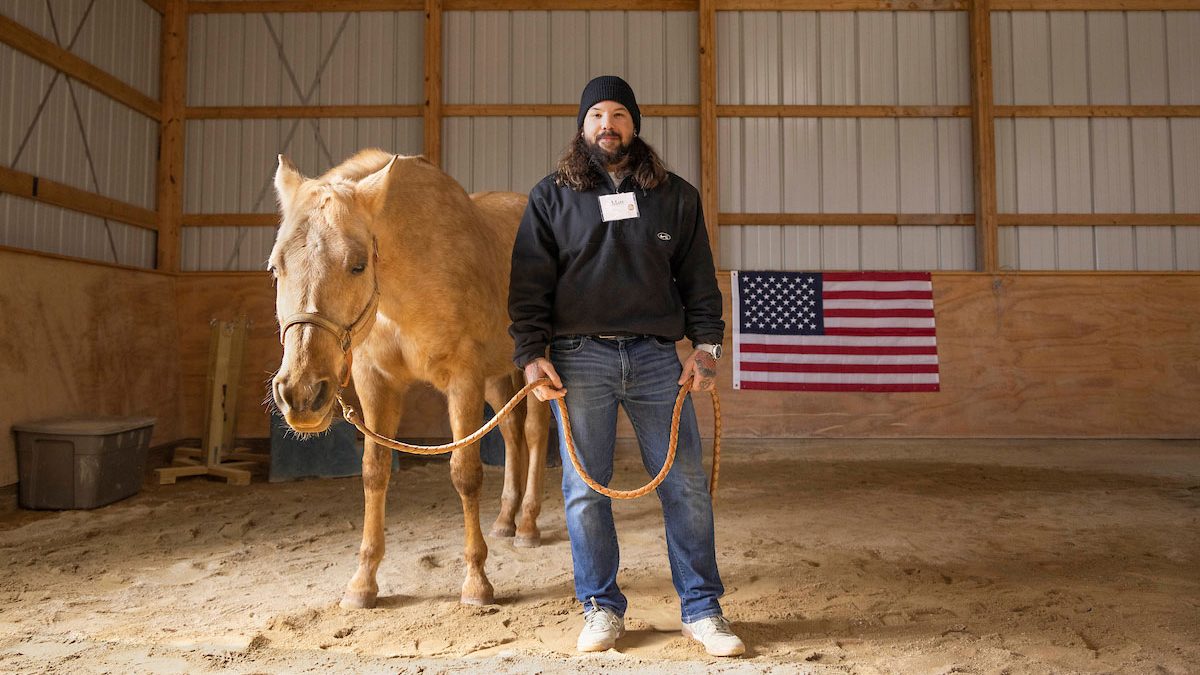Tracking History
Uncovering local history for the community

Uncovering local history for the community
Cayla Colclasure flips through maps, letters, U.S. Census records and reports related to the Western North Carolina Railroad in the research room in the Wilson Special Collections Library.
Colclasure, a PhD student in anthropology and a Southern Futures Townsend Fellow, researches the prison labor that built the railroad, particularly as it passes through the mountain town of Old Fort, North Carolina. The rail line remains active; freight trains still lumber through daily, past the small yellow train depot downtown.
“The railroad was built using prison labor under the convict leasing system that was instated in the late 19th century post-Emancipation to continue to exploit free labor, especially from the Black population,” she said. “Black people were often arrested for petty crimes like larceny in what became known as ‘Black codes’ and sent to labor camps.”
More than 3,000 laborers were used to build the railroad. It was dangerous work, involving blasting tunnels through mountain rock. “It was the first use of nitroglycerine in the Southeast, and there were landslides and cave-ins all the time. Imprisoned laborers also died of exposure to disease or died trying to escape,” she said.
Colclasure’s work is part of a larger project that is helping to tell a more complete history for Old Fort. She also received a Wilson Library Pre-Dissertation Prospectus Fellowship to support her summer research.
A memorial was dedicated last fall to honor the incarcerated workers who built the railroad; the effort was spearheaded by the RAIL Project, which is led by a UNC-Asheville historian.
“I want my work to not just end up in academic journals but for it to be accessible to people in the community,” said Colclasure.


